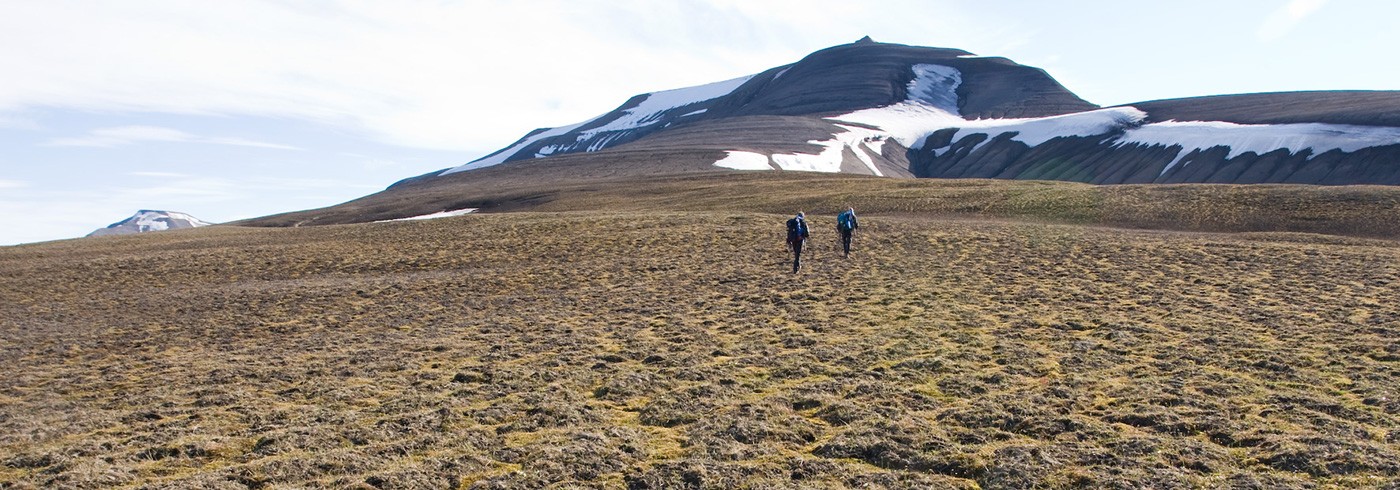There is palaeozoological (similarity of mammalian palaeofaunas, mammal fossils from Ellesmere Island), palaeobotanical (Eocene floras of Svalbard, Miocene floras on Iceland), biological (biogeography, molecular data), and geological/geophysical (sea floor spreading, plate tectonics) evidence that indicates one or two landbridges. But still they are hypothetical, and can only be proven by the existence of mammalian faunas from the Brito-Arctic Igneous Province (BIP).
The study area was one part of the BIP (Spitsbergen). Stratigraphically, the project was focused to the Early Eocene (50 Ma). Technically, it included the palaeontological and geochemical analysis of mammal fossils as well as field work in terrestrial, lignite bearing sediments. Vertebrate palaeontology included taxonomy, systematics and palaeobiology, geochemistry included a multiproxy isotope approach with the analysis of Sr, Nd, U, Pb, REE, 18O/16O in bones and teeth of fossil and Extant mammals and in the sediments. The study provided a much better understanding of the evolution, palaeobiogeography and palaeoclimate of high-latitude mammalian faunas in Cenozoic Northern Europe.
Principal investigators
Thomas Mörs and Jonas Hagström
Department of Palaeozoology, Swedish Museum of Natural History







